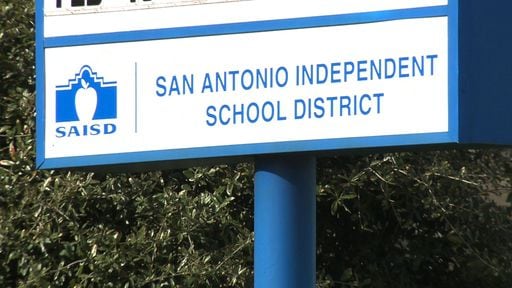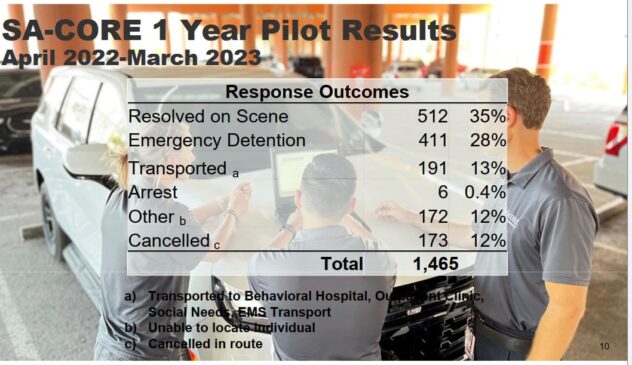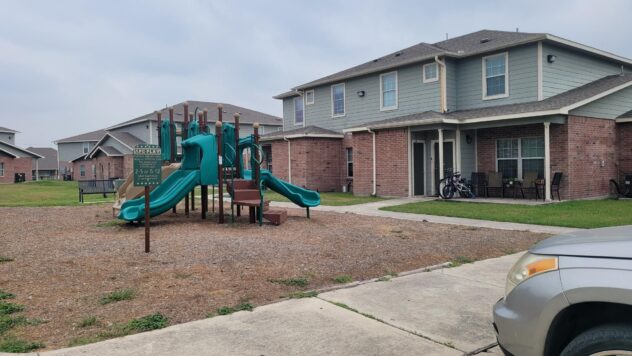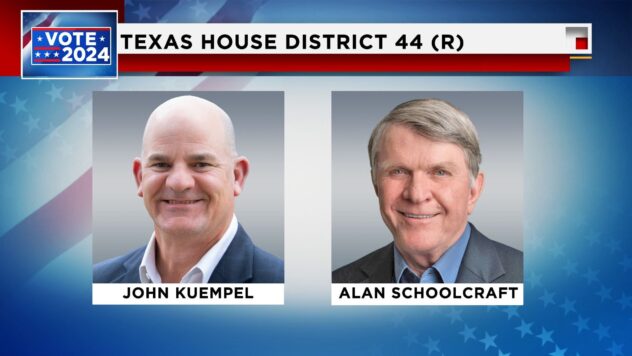CityScrapes: San Antonio lacks transparency with Grand Hyatt deal and convention center expansion
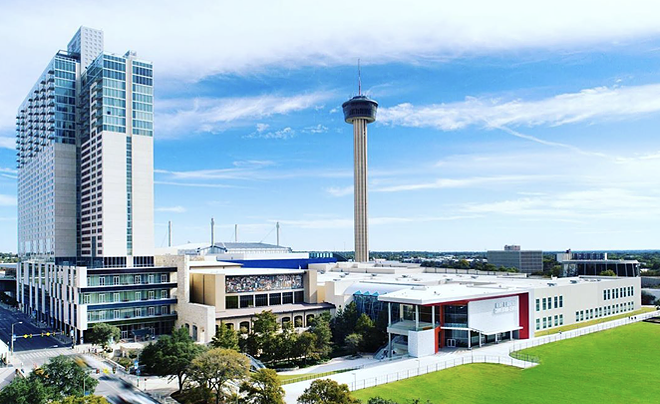
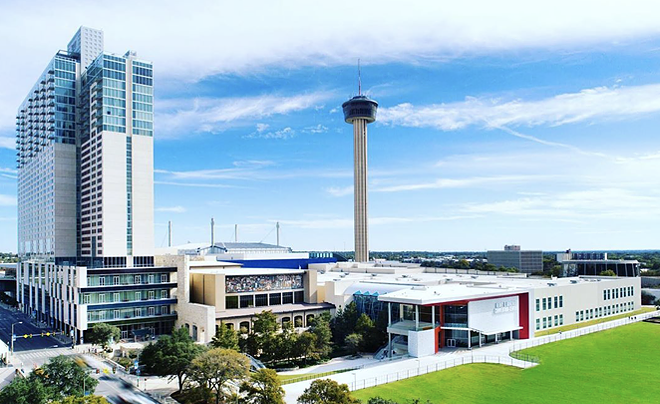
Instagram / Grand Hyatt
The most recent city budget highlights performance measures for the convention center as its exhibit hall occupancy level and number of hosted events. But actual convention attendance is nowhere to be found.
Editors Note: CityScrapes is a column of opinion and analysis.
San Antonio’s city government is open and clear about some things. The annual budget numbers are laid out for everyone to see, for example, and the specific projects on the big bond issue package up for a vote this month are spelled out.
But much is far murkier. Take for example the recent deal to “sell” the Grand Hyatt hotel. It took considerable effort to get beyond the city staff talking points to find out that Hyatt Corp. was being paid some $140 million to take the underperforming hotel off the city’s books. Also less than clear was that the living-wage requirement, negotiated by COPS/Metro Alliance as part of the original hotel deal, would evaporate with the new deal and a new bond issue. And that the most secure of those bonds, the “senior lien” debt, carried a 5% annual interest rate — an unusually high return reflecting the risk of the deal.
It’s easy to see how those details got lost in the shuffle. City staff argued that volatility in the bond market made it imperative that city council approve the deal just days after it was put on the agenda for the March 3 meeting. Interestingly, however, the bonds didn’t sell until April 20.
When the Grand Hyatt deal was finally put out to the bond market, the “official statement” that documented the bond issue carried more interesting information — details that weren’t made public when the “sale” was first announced. For example, the appraisal report put the current value of the hotel at $407 million — a figure far greater than the outstanding debt of $168 million. The appraisal also put the value of the hotel once its performance is expected to stabilize — January 2025 — at $459 million. All of which raise the question of why we were in such a rush to dispose of the Grand Hyatt when the city might have been able to get a better deal down the road.
It would have been nice if the public had been able to see those appraisals before city council made its decision.
But undoubtedly the most striking new information in the official statement wasn’t about the hotel — it was about the performance of the Henry B. Gonzalez Convention Center.
For decades, we’ve been told that the convention center is an “economic engine,” vital to the success of our tourism economy and downtown. So, we have dutifully invested in the center, completing an expansion in 2001 and another in 2016.
Then, of course, the city went into the hotel business with the Grand Hyatt, bolstered by a consultant study that promised it would yield a significant increase in convention business. And to keep the conventions and high-profile sports events coming, we discounted the rent for the center — called “hosting obligations” — and gave away millions in public dollars to gatherings such as the People en Español Festival.
But the Grand Hyatt document paints a rather different picture of the convention center as an economic engine.
In 2017, the facility’s convention attendance came to 396,785, according to details in the filing. The next year hit 431,492. But for 2019, convention attendance dropped to 365,850.
To put those recent, pre-COVID figures in perspective, we can go back to November 1990, when Arthur Andersen LLP produced an “Expansion Feasibility Analysis” of the HBG Convention Center. The consulting company reported that the venue hosted 336,966 convention delegates in 1989 in the wake of an earlier expansion. Arthur Andersen then offered the forecast that with yet another expansion — the one completed in 2001 — the center would see 662,000 annual convention attendees.
When the Arthur Andersen consultants returned a year later with an “Economic Impact Analysis,” they were even more optimistic about the future of San Antonio’s convention business, pegging future attendance at 728,000.
It didn’t quite happen. Indeed, the 2019 convention attendance total of 365,850 is remarkably close the 336,966 reported for 1989 — yes, 30 years earlier.
But you — or councilmembers — wouldn’t know that from looking at the performance metrics regularly reported by the city. The most recent city budget highlights performance measures for the convention center as its exhibit hall occupancy level and number of hosted events. But actual convention attendance is nowhere to be found.
The city’s annual continuing disclosure report to the bond market also shies away from detailing the convention center’s attendance levels. The document includes figures on the number of conventions, convention attendance and convention room nights at local hotels. But those totals aren’t for the Henry B. Gonzalez Convention Center. They’re for every convention booked in San Antonio — perhaps eight or 10 times more than occur at the convention center.
So, why don’t San Antonians have an accurate picture of how our massive investment in the convention center is actually performing, year after year? Why don’t we have access to the information needed to assess whether the Grand Hyatt hotel, or the successive expansions, worked and met the forecasts? And how could we possibly assess a future expansion proposal without knowing what happened before?
Perhaps it’s because our elected officials prefer not to ask those kinds of difficult and uncomfortable questions. And perhaps because City Hall staffers choose not to provide information that might be less than flattering about the realities of the city’s policies and economic realities.
Heywood Sanders is a professor of public policy at the University of Texas at San Antonio.
Stay on top of San Antonio news and views. Sign up for our Weekly Headlines Newsletter.

